South Dakota Water Quality at a Glance – Mount Rushmore State
fail quality standards
Is South Dakota Water Safe to Drink?
Mixed Results Across the Mount Rushmore State – South Dakota’s water quality varies significantly by location, but 78% of tested surface waters fail to meet state standards for their intended uses. Major concerns include PFAS contamination at military bases like Ellsworth AFB, agricultural runoff from livestock and fertilizers causing E. coli and nitrate pollution, and ongoing lawsuits over “forever chemicals.” While some municipal systems maintain safety standards, the state lacks comprehensive pollution reduction goals.
⚠️ Key Concerns for South Dakota Residents
- PFAS “Forever Chemicals”: Detected at Mount Rushmore, Aberdeen, Harrisburg, and military bases; 91 residents near Ellsworth AFB given alternate drinking water
- Agricultural Contamination: Fertilizer runoff, E. coli from livestock waste, and soil erosion affecting streams; 70% of tested stream miles show water quality challenges
- Surface Water Failures: 78% of rivers, streams, and lakes too polluted for swimming, aquatic life, or other intended uses
- Regulatory Gaps: State has no specific pollution reduction goals unlike neighboring Minnesota and Iowa; relies primarily on voluntary compliance
Read the full report below for detailed analysis, regional data, and actionable recommendations for South Dakota residents.
South Dakota – Mount Rushmore State – Water Quality Report 2025: PFAS Testing, Infrastructure Concerns & Safety across your state
South Dakota’s water infrastructure serves approximately 925,000 residents across vast rural areas and growing urban centers, from the Black Hills in the west to agricultural plains in the east. The state operates through a network of approximately 645 public water systems, ranging from major municipal utilities serving cities like Sioux Falls and Rapid City to small rural systems providing essential services to remote communities. South Dakota’s diverse water sources include the Missouri River system, the Big Sioux River, underground aquifers, and regional water projects that supply both municipal and agricultural needs across the state.
Despite abundant water resources in some regions, South Dakota faces unique infrastructure challenges. According to recent assessments, approximately 78% of the state’s tested surface waters fail to meet water quality standards for their intended uses, with 78% of stream-miles found to be unhealthy for aquatic life, swimming, and other beneficial uses. The state has received over $42 million in federal infrastructure investments from the Biden-Harris Administration’s Bipartisan Infrastructure Law to address drinking water and clean water infrastructure upgrades, focusing on emerging contaminant removal, aging infrastructure replacement, and rural community support. South Dakota’s commitment to water quality improvement is demonstrated through partnerships between the Department of Agriculture and Natural Resources (DANR), local utilities, and federal agencies working to ensure safe, reliable water access for all residents.
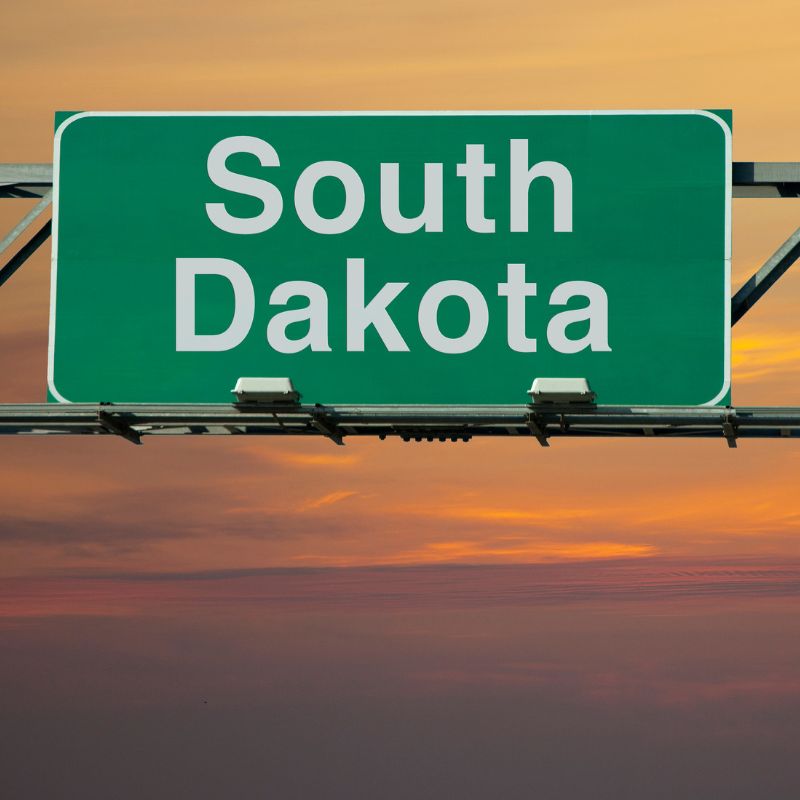
South Dakota Water Quality: Current Status (2024-2025)
Statewide Compliance and Testing
- Overall Compliance: Approximately 645 public water systems currently exist in South Dakota, with the majority meeting federal Safe Drinking Water Act standards, though surface water quality challenges persist statewide.
- PFAS Monitoring: South Dakota’s Department of Agriculture and Natural Resources began testing rivers for PFAS contamination in spring 2024 to establish baseline data, with publicly available results showing detection at several locations including Mount Rushmore National Memorial, Aberdeen, and Harrisburg.
- Infrastructure Investment: Over $42 million in federal funding through the Bipartisan Infrastructure Law has been allocated to South Dakota for water infrastructure improvements, including support for emerging contaminant treatment and disadvantaged communities.
Major Water Sources and Challenges
- Big Sioux River System: Primary water source for eastern South Dakota including Sioux Falls area, with over 70% of tested stream miles showing water quality challenges, requiring ongoing treatment and monitoring improvements.
- Missouri River Basin: Serves western South Dakota communities with generally better water quality, though drought conditions periodically impact water availability and require conservation measures.
- Rural Water Systems: WEB Water Development Association serves north central South Dakota and recently won the Best Tasting Drinking Water award from the South Dakota Association of Rural Water Systems, demonstrating excellence in rural water delivery.
Emerging Contaminant Response
- PFAS Regulation Implementation: New EPA drinking water standards for PFAS compounds take effect with public water systems having three years to meet sampling requirements and five years total to implement remedies if needed.
- Surface Water Contamination: Preliminary testing by East Dakota Water Development District and South Dakota Mines found PFAS compounds in the Big Sioux River at 11 testing sites, with highest concentrations detected downstream of major cities.
- Military Base Cleanup: Department of Defense is investigating and cleaning PFAS contamination sites in South Dakota, with cleanup complete at Camp Rapid and ongoing efforts at Ellsworth Air Force Base and National Guard facilities.
Rural and Agricultural Impact
- Surface Water Pollution: Major pollutants include fertilizer runoff from farm fields, soil erosion from agricultural operations, and E. coli bacteria from livestock and wildlife feces, affecting water quality across the state’s agricultural regions.
- Private Well Contamination: Federal USGS study detected PFAS contamination in three South Dakota private wells, with concentrations ranging from 2,700 to 84,000 parts per trillion, highlighting risks for rural residents relying on private water sources.
- Regulatory Oversight: South Dakota requires permits to discharge pollutants into surface waters, but issues including declining inspections and lapsed permits due to staffing have contributed to frequent violations.
Looking Forward: 2025-2030
South Dakota’s water quality landscape faces significant challenges as the state addresses widespread surface water impairment while preparing for new federal PFAS regulations. The state’s proactive approach to PFAS monitoring and substantial federal infrastructure investments provide opportunities for improvement, but success will require addressing agricultural pollution sources, strengthening regulatory oversight, and ensuring rural communities have access to safe drinking water. With 78% of tested stream-miles currently failing to meet water quality standards, South Dakota must balance agricultural economic interests with environmental protection to ensure long-term water sustainability for all residents.
Recommendations for South Dakota Residents
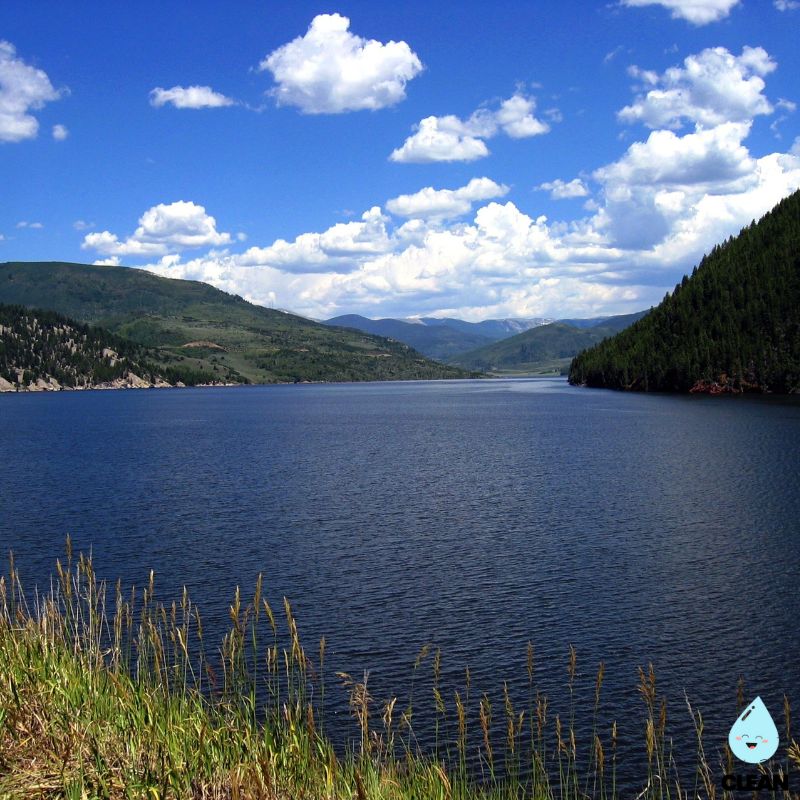
Know Your Water Source
Contact your water utility to request annual water quality reports and ask about PFAS testing results. Visit DANR’s website to access your local system’s testing data and understand any contaminants of concern in your area, especially for agricultural runoff impacts.
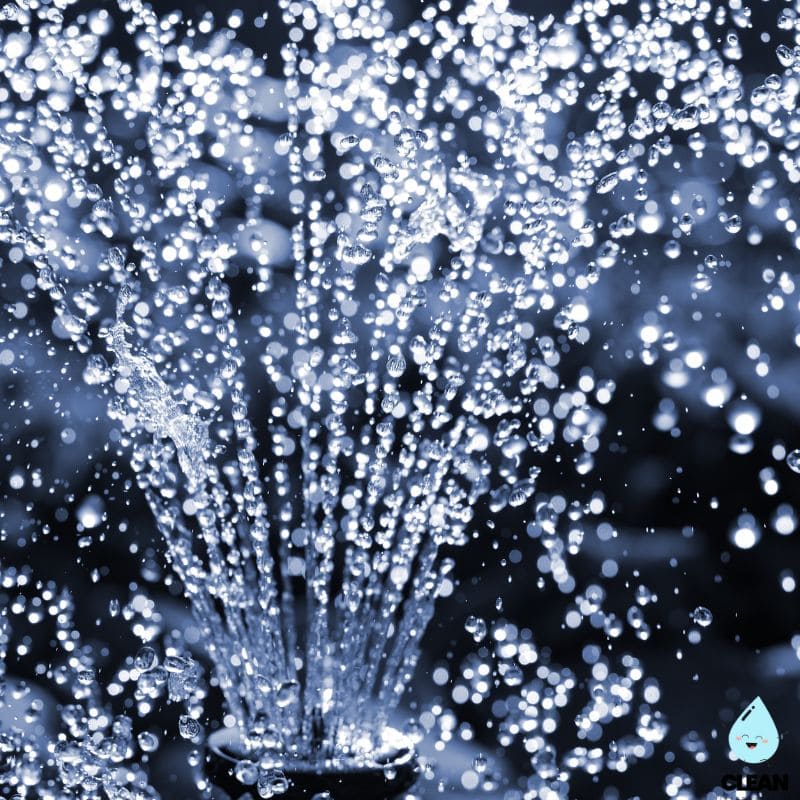
Support Agricultural Best Practices
Advocate for agricultural conservation practices that reduce fertilizer runoff and livestock waste contamination. Support riparian buffer programs and sustainable farming techniques that protect South Dakota’s water sources.
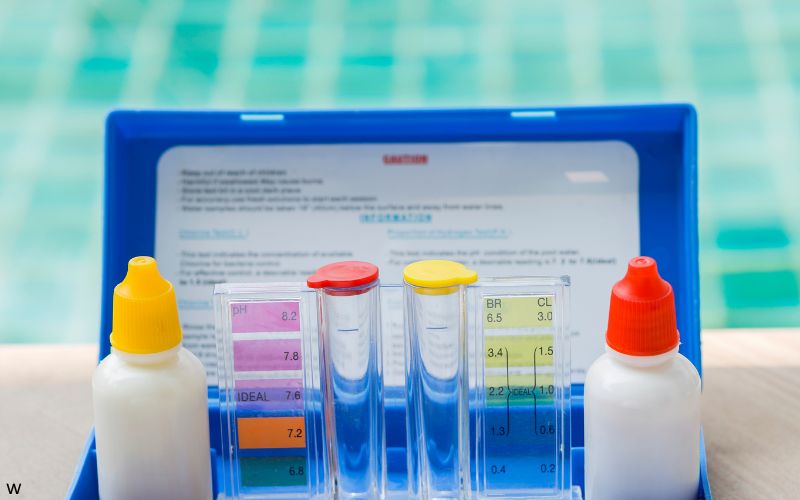
Test Private Wells for PFAS
If you rely on private well water, consider testing for PFAS contamination, especially if located near former military installations or airports. Install NSF-certified filters specifically designed for PFAS removal if contamination is detected.

Report Water Quality Concerns
Contact your local water utility immediately for taste, odor, or color concerns. Report suspected contamination to DANR’s Environmental Compliance Division for investigation and follow-up, especially agricultural pollution incidents.

Practice Water Conservation
Support South Dakota’s water sustainability through conservation measures like efficient irrigation, drought-resistant landscaping, and low-flow fixtures. Reducing demand helps utilities maintain system reliability during drought periods.
South Dakota Cities We Cover
Sioux Falls Water Quality
Comprehensive analysis of Sioux Falls water systems, South Dakota’s largest city serving over 200,000 residents. Includes information on Big Sioux River and aquifer sources, treatment processes, PFAS monitoring, and infrastructure investments.
Additional South Dakota city reports coming soon. Check back for updates on Rapid City, Aberdeen, and other major municipalities as we expand our coverage across the Mount Rushmore State.
Frequently Asked Questions
Is South Dakota’s tap water safe to drink?
Most of South Dakota’s public water systems meet federal drinking water standards and are safe for consumption. However, significant surface water quality challenges affect recreational uses and groundwater sources.
The South Dakota Department of Agriculture and Natural Resources oversees approximately 645 public water systems across the state. While drinking water systems generally comply with federal standards, about 78% of tested surface waters fail to meet quality standards for their intended uses. The state has received over $42 million in federal infrastructure funding to address aging systems and emerging contaminants like PFAS. Residents should review their utility’s annual water quality report and stay informed about local agricultural pollution impacts on water sources.
What are the main water quality concerns in South Dakota?
South Dakota faces significant challenges from agricultural pollution, PFAS contamination, and widespread surface water quality impairment.
Major pollutants include fertilizer runoff from farm fields, soil erosion from agricultural operations, and E. coli bacteria from livestock and wildlife feces. About 78% of tested stream-miles are unhealthy for aquatic life and swimming. PFAS “forever chemicals” have been detected in the Big Sioux River and several private wells, with contamination linked to firefighting foam use at military bases and airports. The state began comprehensive PFAS testing in 2024 to establish baseline data for future treatment planning.
How can I find out about my local water quality?
South Dakota residents can access water quality information through several resources:
• Annual Water Quality Reports: Contact your water utility directly for their Consumer Confidence Report, which details all testing results and compliance information
• DANR Online Database: Visit the South Dakota Department of Agriculture and Natural Resources website to access testing results and surface water quality assessments
• PFAS Testing Data: DANR provides publicly available PFAS testing results from their statewide monitoring program launched in 2024
• Surface Water Reports: Review the biennial Integrated Report for Surface Water Quality Assessment that tracks impairment levels across South Dakota waterways
Why does South Dakota have agricultural water pollution challenges?
South Dakota’s agricultural economy creates water quality challenges through several sources:
Fertilizer Runoff: Nitrogen and phosphorus from agricultural fields wash into waterways during rain events, causing nutrient pollution that affects aquatic ecosystems
Livestock Operations: E. coli bacteria from livestock and wildlife feces contaminate surface waters, with over 70% of tested stream miles showing water quality challenges
Soil Erosion: Agricultural activities contribute to total suspended solids in waterways, affecting aquatic life and recreational uses
Limited Enforcement: South Dakota primarily relies on voluntary conservation efforts rather than regulatory enforcement, with declining inspections and lapsed permits contributing to violations
The state is working to address these challenges through conservation incentive programs, riparian buffer initiatives, and improved agricultural best management practices.
Quality News About Your Water
Get the comprehensive water quality news coverage you need with our dedicated US Water News Service. From coast to coast, we deliver in-depth reporting and expert analysis on PFAS contamination, EPA regulatory changes, infrastructure developments, and emerging water safety issues affecting communities nationwide. While mainstream media only covers the biggest stories, we provide the detailed, ongoing coverage that helps you understand the full scope of America’s water challenges. Whether you’re a concerned citizen, water professional, or community leader, our daily updates and analytical insights keep you informed about the issues that matter most to public health and environmental safety.
Contaminants of Concern

PFAS “Forever Chemicals”
Source: Firefighting foam used at Ellsworth Air Force Base, National Guard facilities at airports, industrial applications, and consumer products including non-stick cookware and water-resistant textiles
Health Effects: Linked to kidney and testicular cancer, liver damage, immune system suppression, high cholesterol, and developmental effects in children
Current Status: PFAS detected in Big Sioux River at multiple testing sites and in three private wells with concentrations ranging from 2,700 to 84,000 parts per trillion, requiring monitoring and potential treatment EPA Limits: 4 ppt for PFOA and PFOS individually, with implementation required by 2029
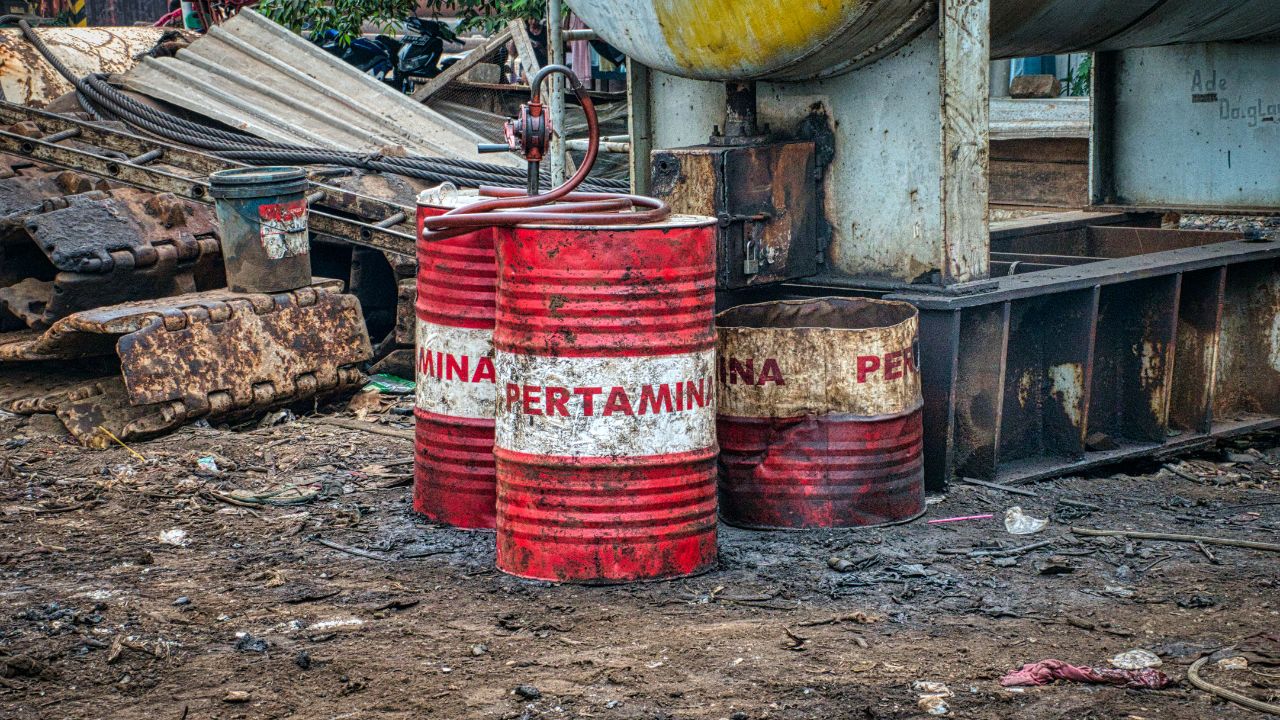
Agricultural Pollution
Source: Fertilizer runoff from farm fields, soil erosion from agricultural operations, and E. coli bacteria from livestock and wildlife feces across South Dakota’s extensive agricultural regions
Health Effects: E. coli exposure can cause gastrointestinal illness, while nitrate contamination may lead to methemoglobinemia in infants and potential cardiovascular effects from prolonged exposure
Current Status: 78% of tested stream-miles fail to meet beneficial use standards, with over 70% of tested stream miles showing water quality challenges for aquatic life and recreational uses Regulatory Response: DANR oversight with voluntary conservation programs and limited enforcement of discharge permits
Please read – our information
The information presented on cleanairandwater.net is compiled from official water quality reports, trusted news sources, government websites, and public health resources. While we strive for accuracy and thoroughness in our presentations, we are not scientists, engineers, or qualified water quality professionals.
Our mission is to present water quality information in an accessible, real-world format that helps people understand what’s in their water and make informed decisions about their health and safety. We believe that complex environmental information should be available to everyone in a format that’s easy to understand.
We make every effort to ensure our content is current and accurate, but we cannot guarantee that all information is complete or error-free. This website should not replace official communications from your local water utility or health department. We always recommend consulting official sources for the most up-to-date information regarding your specific water system.
Clean Air and Water is not liable for any unintentional errors, omissions, or outdated information. The content on this site is provided for informational purposes only and should not be considered professional advice.

:paragraph –>

